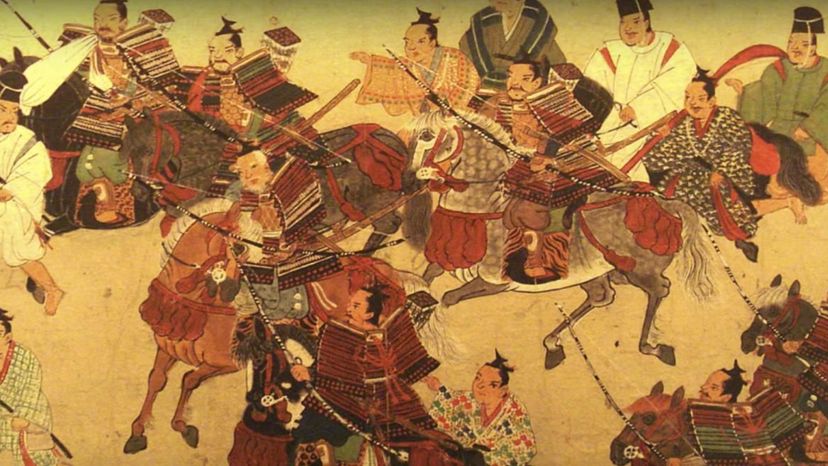
About This Quiz
Japan has fascinated Americans and other Westerners for many centuries, beginning when Japan deliberately shunned contact with much of the outside world. For millennia, its status as an island nation influenced Japan's people to keep largely to themselves, creating a very homogenous society with a strong sense of national identity.
When it emerged from this isolation, Japan embarked on a dangerous course of colonialism, using its new military power to subjugate Korea and parts of China. For more than a century, into WWII, Japan was both the aggressor and the victim in some of modern history's worst atrocities. Japan was responsible for the Nanking massacres and the Bataan death march. In turn, it became the only nation to have an atomic bomb dropped on its cities, resulting in the deaths of more than 100,000 civilians.
Today, things have changed. Japan has become an economic powerhouse and a strong influence on popular culture around the world. It has opened its doors to tourism and imports cars and technology all over the world. Its manga and anime are eagerly bought by young people everywhere.
Perhaps you count yourself as a Japanophile. But underneath an interest in its modern culture, do you really know the 40,000-year history of this nation? We've created a quiz to help you find out. Brew up a cup of sencha (green tea) and put your knowledge to the test!
Advertisement
Advertisement
Advertisement
Advertisement
Advertisement
Advertisement
Advertisement
Advertisement
Advertisement
Advertisement
Advertisement